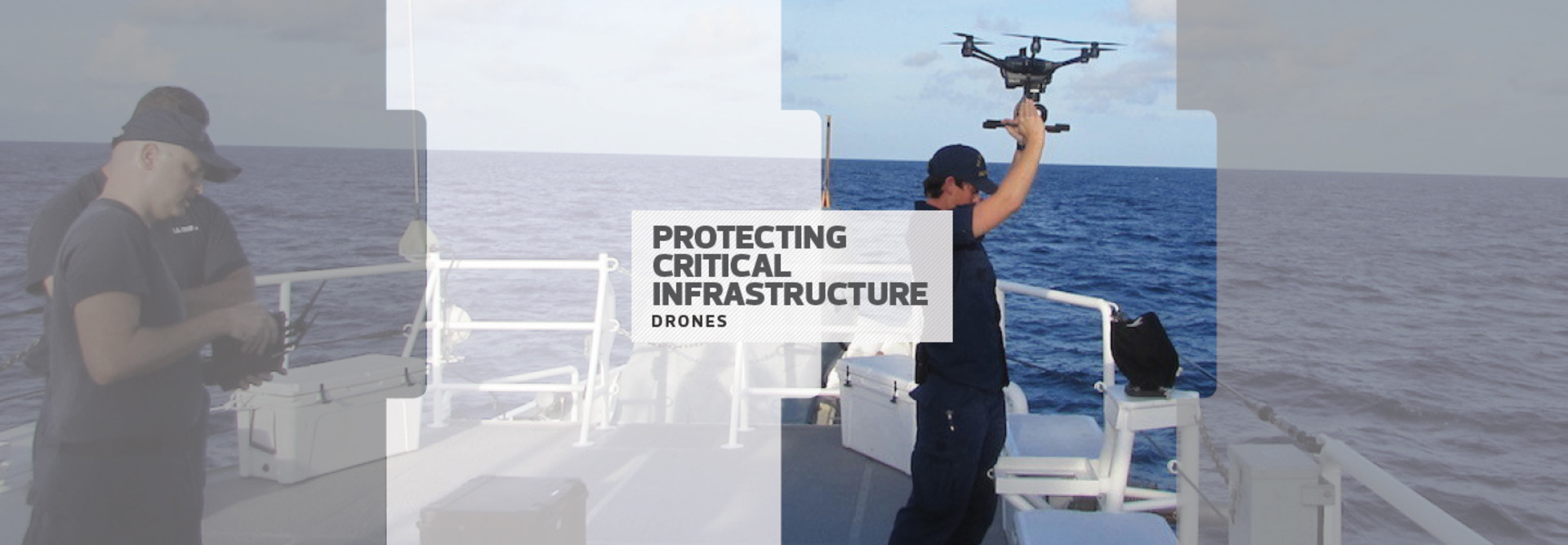Drones Keep an Eye on Infrastructure
The North Carolina Department of Transportation uses a dozen drones to help identify potential infrastructure concerns. “Drones are great for picking out rusted rivets or sinkholes,” says James Pearce, the department’s communications officer.
Drones do have some limitations — Pearce notes that even a light drizzle and 20 mph winds can ground the airborne assessors — but they were widely used in North Carolina after Hurricane Florence in 2018 and Dorian in 2019, flying more than 200 missions and capturing more than 8,000 pictures.
Although clearing skies and mild weather gave the impression of stable infrastructure, post-hurricane flooding was a significant concern both times, with swollen rivers spilling into towns and onto highways. Drones recorded the situation in progress, giving the North Carolina officials information they used to help keep residents safe.
There are security concerns connected to the use of drones. Recently, the Defense Department cosponsored a Drone Venture Day with Texas A&M University, looking to increase interest in domestic drone production; most drones sold in the U.S. are made in China, and defense officials fear the potential for hacking.
“We don't have much of a small-UAS industrial base,” said Ellen Lord, undersecretary of defense for acquisition and sustainment, at an August news conference. “Small UAS are important to us, so we want to rebuild that capability.”
MORE FROM FEDTECH: See how USDA, Interior and other agencies use drones in nonemergency situations.
DHS Sees Benefits and Dangers in Drones
The Department of Homeland Security and the FAA are also concerned with the damage that a drone can do. As drone technology has become more affordable and accessible, the number of unauthorized drone flights has increased, the FAA says, with about 100 reported every month.
The Cybersecurity and Infrastructure Security Agency says that most drone-related threats come from people who aren’t fully aware of the laws restricting where drones can fly, but that there is always the risk that the technology will be used for malicious purposes.
“Because of their physical and operational characteristics, UAS can often evade detection and create challenges for the critical infrastructure community,” the agency says on its website.
To help combat this threat, CISA is using drones bought from a U.S. manufacturer to simulate attacks on critical infrastructure and then recording the results for debrief and analysis, reports NextGov.
“Given their retail availability here in the United States, UAS will be used to facilitate an attack against a vulnerable target such as a mass gathering,” Brian Harrell, the CISA assistant director for infrastructure security, said, quoting the FBI, at a conference in Arlington, Va., in August. “It’s important that we not kick this can down the road.”











